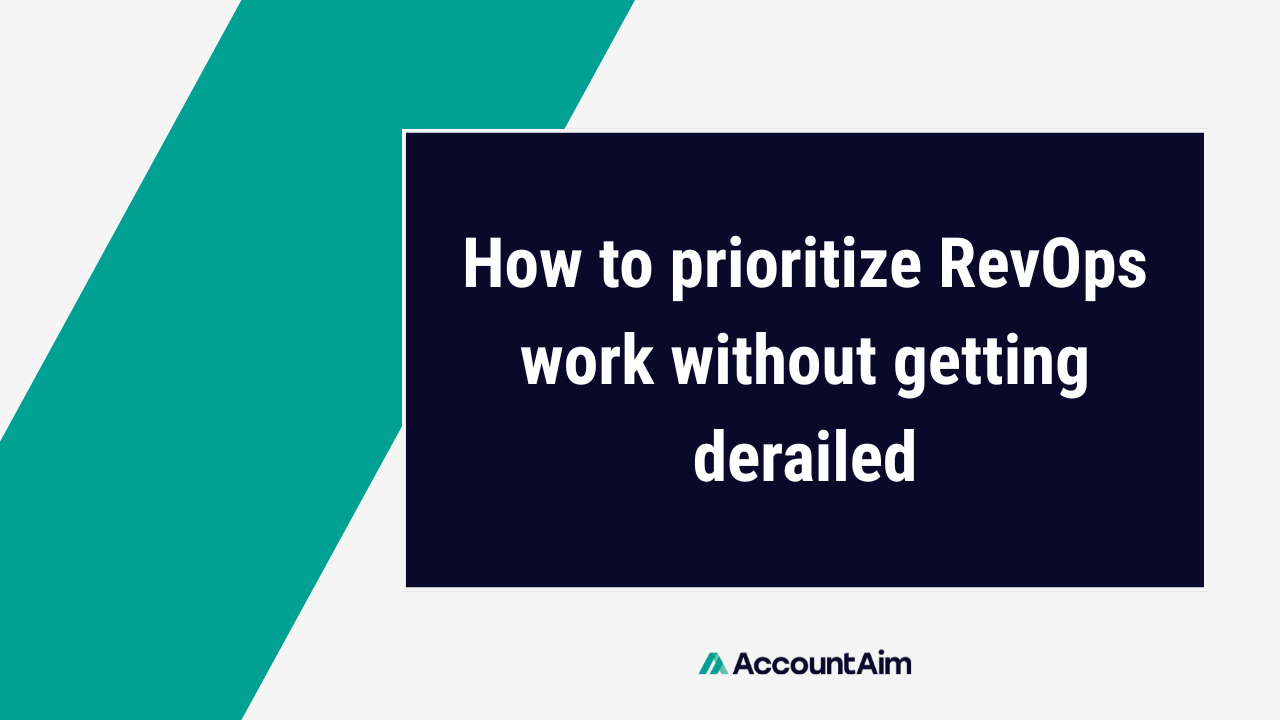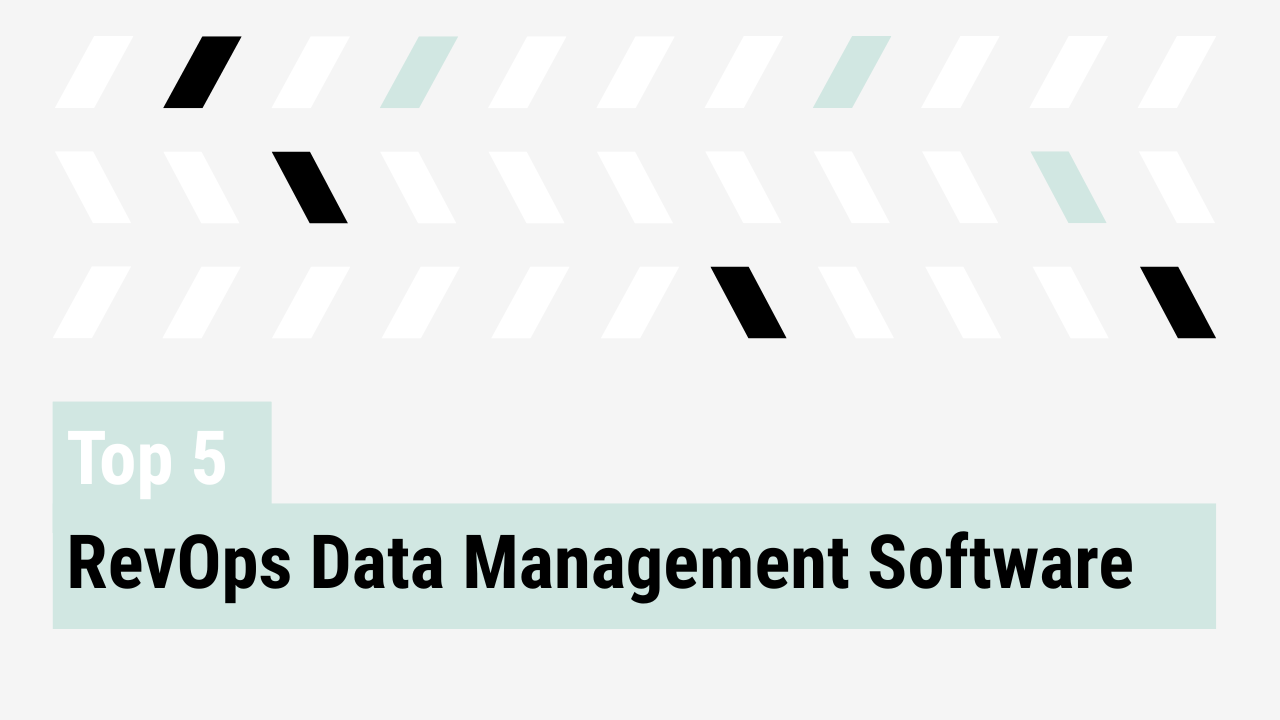Leading Revenue Operations means handling a constant stream of requests. Sales wants a dashboard fixed. Marketing needs cleaner lead flow. CS wants expansion data by end of week. Amid all of that, your original quarterly goals get pushed to the side, and you can’t prioritize RevOps work.
The best RevOps leaders build systems to protect their time. They work intentionally. They help the business grow by staying focused on what matters. This post outlines how to do that clearly and consistently.
Stop being the fixer. Focus on systems
Fixers are helpful. They get praise for responsiveness. But they rarely set direction or influence strategic planning.
Forbes recently shared that RevOps leaders are often seen as task owners rather than system designers. This pattern limits their ability to shape high-level outcomes.
To shift perception, start asking better questions when requests come in:
- Does this support a company-level priority?
- Is it tied to a known go-to-market constraint?
- Is it measurable in terms of revenue impact?
These questions change how you allocate time and how you’re viewed by peers. Every request becomes an opportunity to teach how RevOps prioritizes.
Build a roadmap that holds the line
A clear, documented roadmap helps you manage time, communicate scope, and align stakeholders. It prevents drift. It gives structure to your planning and execution rhythm.
Jacki Leahy, founder of Activate the Magic, shares how important ongoing alignment is:
“Even when you do get alignment on that meeting, and you will, because people want to work together… you really gotta keep running it like a PR campaign.”
To make your roadmap work:
- Organize it by themes such as “rebuild funnel structure” or “improve forecast precision”
- Align each item to a GTM metric or executive-level objective
- Include a backlog area for lower priority or non-aligned requests
- Review and share it regularly in team syncs and cross-functional meetings
This tool builds clarity around what’s moving, what’s paused, and what doesn’t fit right now. For a RevOps team of one, it also protects against overload by showing the value of planned work.
Prioritize RevOps work by constraint, not urgency
Strategic RevOps leaders define success based on business constraints, not reactive tasks. Jacki Leahy recommends starting with three categories: acquisition, conversion, or expansion.
“Step one is to triage your key constraint… acquisition, conversion or expansion. Like, which one’s holding the team back?”
Once the constraint is clear, use a framework to stack rank your work. Simple tools like impact vs. effort matrices or constraint-based scoring can help.
This approach makes it easier to say yes to the right work. It also makes prioritization transparent to stakeholders. Over time, that consistency improves alignment and reduces misaligned requests.
Prioritizing this way supports operational efficiency in GTM. It also brings structure to how your work contributes to growth.
Create an intake process and stick to it
Stakeholders will always need things. The goal is to give them a place to go, and a clear process for handling them.
Create a basic intake system. Use a form, a shared doc, or a ticketing tool. Set expectations that requests are logged, reviewed weekly, and scored for alignment.
This avoids interruptions, improves visibility, and keeps your priorities intact. It also helps you build a rhythm around planning and review.
Using an intake system is also one of the fastest ways to show time-to-value for RevOps tools. The value comes from structured workflows that scale, not just faster delivery.
Define your role through your focus
RevOps work is always in demand. But the most important work is often the quietest: aligning systems, improving conversion data, removing friction in handoffs. These initiatives only get done when your calendar reflects your priorities.
The roadmap keeps your direction clear. The intake system filters the noise. The prioritization framework tells you what drives the business. These tools create space for what matters and provide proof of progress when executives ask what RevOps is working on.
Strategic RevOps leadership depends on being consistent with how you prioritize. Stakeholders remember who makes their work easier. Executives notice who drives measurable outcomes. The path to both begins with choosing how you spend your time.
Learn More
See how AccountAim can help you level-up as a strategic RevOps leader.



